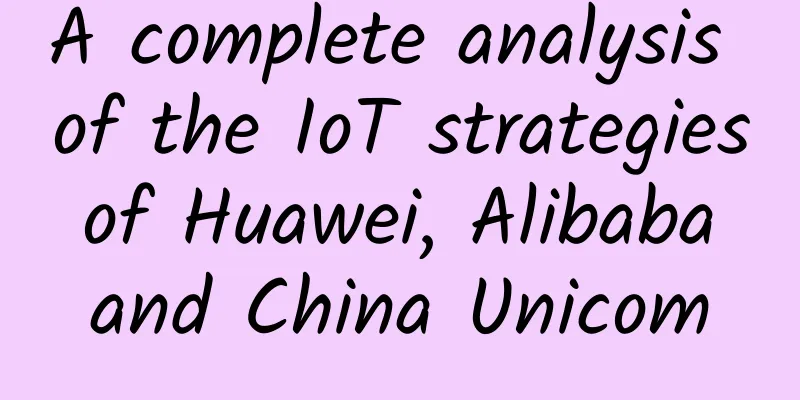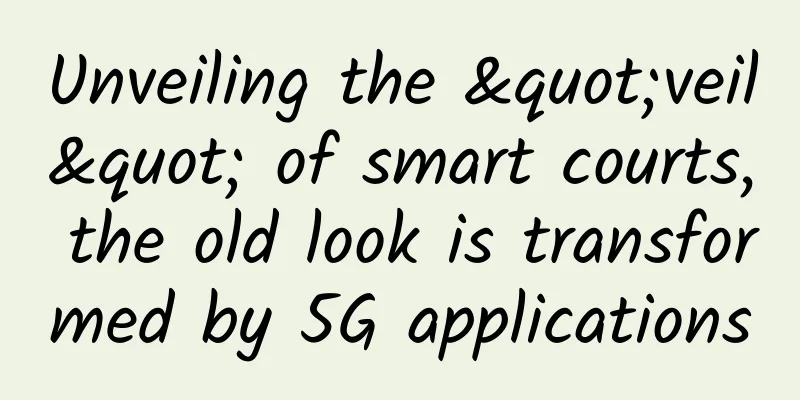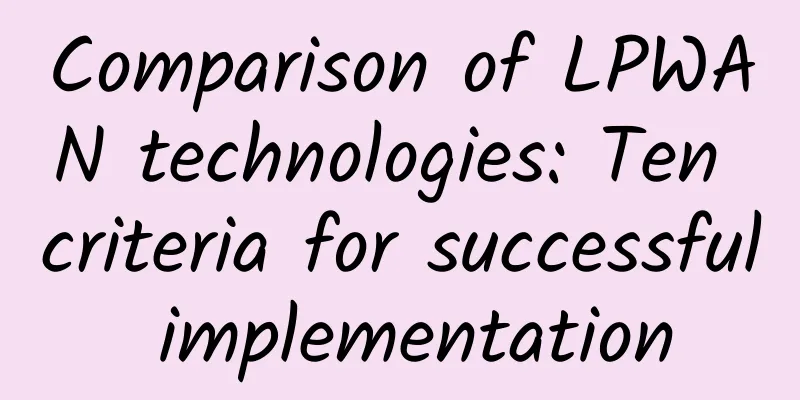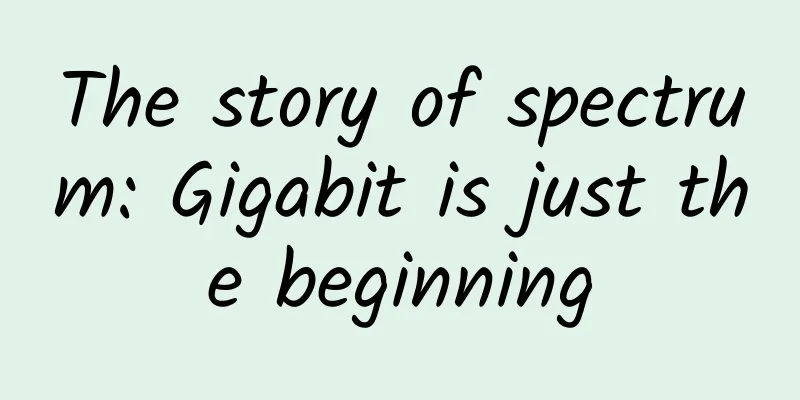Wireless charging is convenient, but how does it work?
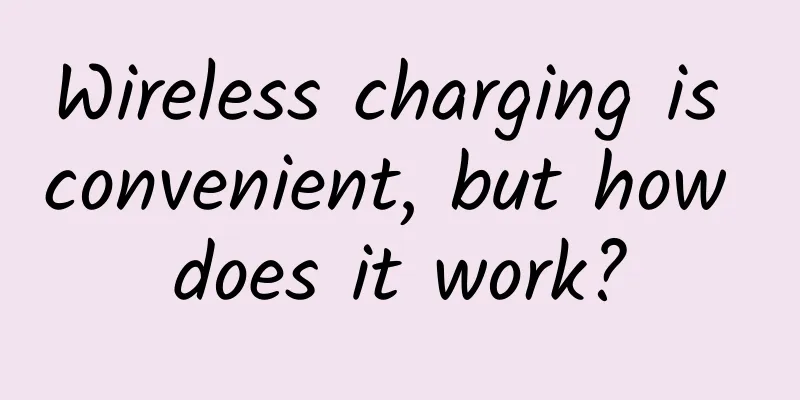
|
In recent years, wireless charging has been widely mentioned, which has gradually freed people from the troubles caused by charging cables. With the further popularization of this technology, wireless charging functions in public places have also developed, but what exactly is wireless charging technology? What principle does it operate on? Most consumers are not clear. Today, the author will take you closer to wireless charging technology and see what it is.
What exactly is wireless charging technology? (Image from: fossbytes) Wireless Charging Technology Wireless charging technology originates from wireless power transmission technology, and as the name implies: no need to charge first. Wireless charging technology is divided into low-power wireless charging and high-power wireless charging. What is the difference? In fact, it is easy to understand that low-power wireless charging often uses electromagnetic induction, such as the wireless charging technology used on mobile phones; while high-power wireless charging technology is mostly used in electric vehicles, large power supply equipment, etc. The development of wireless charging technology can generally be divided into four stages: in 1890, physicist and electrical engineer Nikola Tesla had conducted wireless power transmission experiments and achieved AC power generation; in 2007, a research team at the Massachusetts Institute of Technology completed an experiment that could achieve a maximum transmission distance of 2.7m; in 2014, Dell joined the A4WP camp, marking the advent of the wireless charging era for laptops; in October 2017, the iPhone joined the wireless charging family, and the wireless era of mobile phones officially arrived.
As early as 1890, physicist and electrical engineer Nikola Tesla had already conducted experiments on wireless power transmission (Photo from: activistpost) The basic principles of wireless charging In daily life, the wireless charging that we use most is designed based on the principle of electromagnetic induction. The core of electromagnetic induction is to modify the transformer. How to say it? The transformer is composed of a magnetic core and a coil. You can also understand it as the "Cowherd" and the "Weaver Girl". They were originally together, but they were separated. One is on the mobile phone and the other is on the power supply. When the two are combined, the magnetic force attracts each other and wireless power transmission is generated. Compared with electromagnetic induction, the advantage of electromagnetic resonance technology is that it is "long". Electromagnetic resonance technology can support wireless charging from several centimeters to several meters. A technology currently under study, led by Marin Soljacic, a physics professor at the Massachusetts Institute of Technology (MIT), used this technology to light up a 60-watt light bulb two meters away and named it WiTricity. The diameter of the coil used in the experiment reached 50cm, which is not yet commercially available. If the coil size is to be reduced, the received power will naturally decrease. The radio wave type is a relatively mature technology. Just like the crystal radios used in the early days, it is mainly composed of a microwave transmitting device and a microwave receiving device. It captures the radio wave energy bounced off the wall, and then adjusts it according to the load while maintaining a stable DC voltage for wireless charging. Market Status of Wireless Charging At present, more and more companies are joining the wireless charging market, but we rarely see any manufacturer leading the pack. Why is this? First of all, it is undeniable that the wireless charging market is still huge. After all, the convenience and speed are the fundamental needs of people, and demand will drive the upgrading of the industry.
The market for wireless charging technology is huge, but its development is average (Image from: cbronline) But the technical bottleneck is a difficult point. Many friends who have used wireless charging will complain about the poor charging effects such as slowness and inability to charge. Not only that, mobile phones equipped with wireless charging technology are generally slightly more expensive than ordinary mobile phones. Compared with the two, everyone may choose an ordinary mobile phone: this technology has just come out, and we don’t know whether it works well. Let’s see what people who have used it say. Summarize After reading this article, I believe you have a general understanding of wireless charging technology. In summary, it is a good technology, but we still have to wait~ |
<<: Mainstream IoT wireless technologies are here!
>>: WiFi signal is not ideal? Check whether the network equipment is deployed correctly?
Recommend
CloudSilk VPS in Tokyo, Japan is now online, with annual payment of CMI for three-network backhaul starting from 360 yuan
CloudSilk has launched a VPS host in Tokyo, Japan...
CloudCone Easter Sale: Los Angeles KVM Annual Payment Starting at $12.95
CloudCone's Easter promotion started on the m...
How to use 5G spectrum efficiently? Both licensing and sharing are effective
Telecoms.com regularly invites third-party expert...
my country's telephone users enter the era of full real-name registration starting today
[[180521]] The new year has arrived, and some peo...
DediPath Storage Server Promotion: Los Angeles 8TB hard drive 1Gbps unlimited traffic dedicated server $65/month
DediPath launched a storage server promotion this...
Maxthon Hosting: 56 yuan/month Hong Kong CN2-2GB/40G SSD/300GB/15M Bandwidth
Aoyo Zhuji is one of the foreign hosting services...
From "cable maze" to "digital thoroughfare": One machine and one network help Chengtiantai campus network upgrade
Lin Haibin, currently the project director of She...
Perhaps it is easier to understand HTTPS this way
We won’t talk about HTTP and HTTPS first. Let’s s...
Understanding UWB Ultra-Wideband Technology in One Article
"Point and hit" is often used to descri...
Is the network model seven layers, five layers, or four layers?
When we are doing network development, we often h...
In-depth analysis of the Raft protocol and KRaft practical demonstration
1. What is the Raft protocol? The Raft protocol i...
Network Automation Market to Surge Over the Next Decade
According to the latest forecast from Future Mark...
Cyber Security Awareness Week丨Ruishu Information explains how to ensure data security?
It has been one year since the Data Security Law ...
Improve operation and maintenance efficiency: Ansible systemd module operation skills, let you say goodbye to cumbersome command lines!
The systemd module in Ansible is a good helper to...
Do you feel that 4G is slowing down? Too many users is the main reason and it has nothing to do with 5G promotion
After operators launched the "unlimited data...


